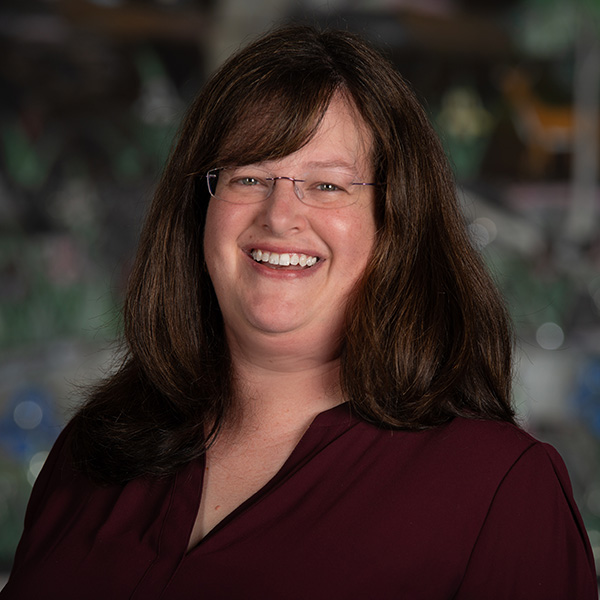Learning the Facts About Lead Pipes
Service Line Inventory Information
The City of Dahlonega, in accordance with the EPA and EPD rules governing service line inventory, has submitted an inventory of those service lines which fall within our water service delivery area and are served by the city. This inventory does not include private wells or other service providers.
To view a map containing information about your service line, please use this link, and follow the directions provided on the screen.
Fact-based information about lead pipes
You and your family expect drinking water that is clean, safe, and reliable. The reports you hear from around the country about lead and drinking water can be concerning leading you to look for answers. As a drinking water provider committed to public health, the City of Dahlonega is a local resource for this important information.
Lead pipes and drinking water in Dahlonega
The water that leaves our treatment plant is lead-free. In fact, Dahlonega’s drinking water continues to meet or exceed all drinking water quality standards set by federal and state governments. There are no known lead pipe in the utility-owned portion of the system. Lead can get into the water as it moves through customer-owned lead pipes, or faucets and fixtures that have lead components.
What has Dahlonega done to protect customers from the effects of lead in water pipes?
The City of Dahlonega recognizes the risk lead from plumbing can present to our customers. We have been actively taking steps for years to protect our community because we know lead pipes and plumbing fixtures exist in the customer-owned portion of the water distribution system. One of the most important measures we use is called corrosion control. This involves using processes at our water treatment plant to minimize the tendency of lead to dissolve into water from pipes or fixtures by reducing the corrosivity of the water and by coating the inside of pipes to reduce the contact water makes with the pipe material. Another key protection measure is testing. Our system testing program follows guidance from federal regulations. Results of this testing have consistently shown that our corrosion control measures are working because we are meeting regulatory standards. We continue to address lead concerns by complying with all federal regulations meant to help consumers avoid lead exposure from drinking water.
What can you do to help reduce your family’s exposure to possible lead in drinking water?
According to the Environmental Protection Agency (EPA), these are steps you can take if you are concerned about lead in drinking water. For more information, visit EPA’s website at https://www.epa.gov/ground-water-and-drinking-water/basic-information-about-lead-drinking-water#reducehome.
- Use only cold water for drinking or cooking. Never cook or mix infant formula using hot water from the tap.
- Make it a practice to run the water at each tap before use. Do not consume water that has sat in your home‛s plumbing for more than six hours.
- Regularly clean your faucet’s screen (also known as an aerator). Sediment, debris, and lead particles can collect in your aerator. If lead particles are caught in the aerator, lead can get into your water.
- If you have a lead service line on your private property, replace it.
- Have your water tested.
- Use of a filter that meets NSF Standard 53 is a recommended good practice to help protect you and your family from any sediments. For more information on filters, please visit https://www.epa.gov/sites/default/files/2018-12/documents/consumer_tool_for_identifying_drinking_water_filters_certified_to_reduce_lead.pdf
- Review the latest City of Dahlonega Water Quality Report for more information.

A service line is an underground pipe that connects your home to the public water main, delivering water to faucets, bathtubs, showers, and other fixtures. The service line can typically be seen near the shut off valve where it enters your home.


